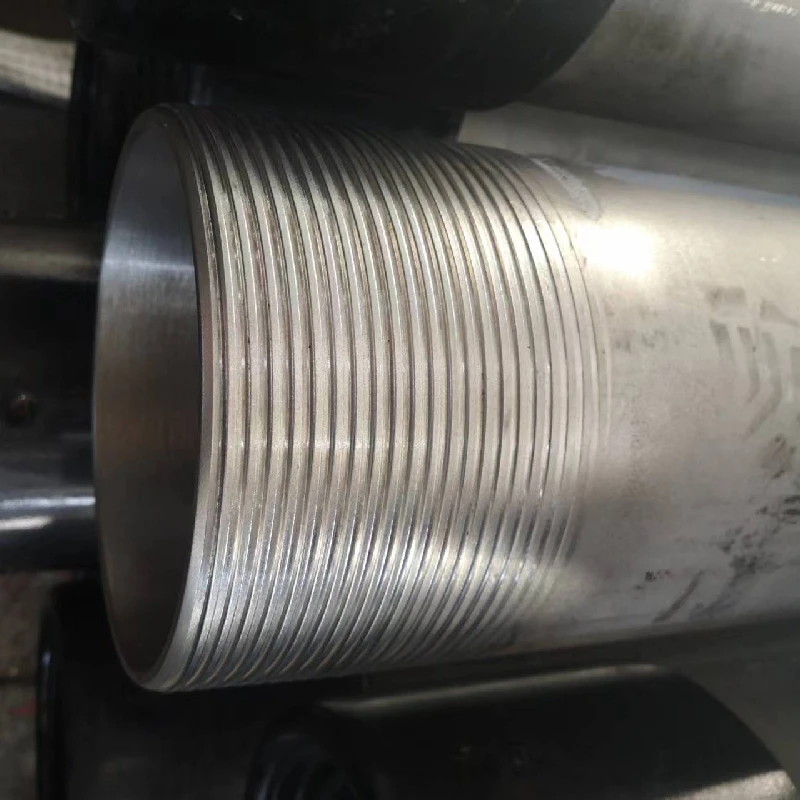- Afrikaans
- Albanian
- Amharic
- Arabic
- Armenian
- Azerbaijani
- Basque
- Belarusian
- Bengali
- Bosnian
- Bulgarian
- Catalan
- Cebuano
- Corsican
- Croatian
- Czech
- Danish
- Dutch
- English
- Esperanto
- Estonian
- Finnish
- French
- Frisian
- Galician
- Georgian
- German
- Greek
- Gujarati
- Haitian Creole
- hausa
- hawaiian
- Hebrew
- Hindi
- Miao
- Hungarian
- Icelandic
- igbo
- Indonesian
- irish
- Italian
- Japanese
- Javanese
- Kannada
- kazakh
- Khmer
- Rwandese
- Korean
- Kurdish
- Kyrgyz
- Lao
- Latin
- Latvian
- Lithuanian
- Luxembourgish
- Macedonian
- Malgashi
- Malay
- Malayalam
- Maltese
- Maori
- Marathi
- Mongolian
- Myanmar
- Nepali
- Norwegian
- Norwegian
- Occitan
- Pashto
- Persian
- Polish
- Portuguese
- Punjabi
- Romanian
- Russian
- Samoan
- Scottish Gaelic
- Serbian
- Sesotho
- Shona
- Sindhi
- Sinhala
- Slovak
- Slovenian
- Somali
- Spanish
- Sundanese
- Swahili
- Swedish
- Tagalog
- Tajik
- Tamil
- Tatar
- Telugu
- Thai
- Turkish
- Turkmen
- Ukrainian
- Urdu
- Uighur
- Uzbek
- Vietnamese
- Welsh
- Bantu
- Yiddish
- Yoruba
- Zulu
api tubing couplings
Understanding API Tubing Couplings Essential Components in Oil and Gas Industry
API tubing couplings play a crucial role in the oil and gas industry, serving as vital connectors between lengths of casing or tubing. The American Petroleum Institute (API) has established standards for these couplings to ensure safety, reliability, and uniformity across operations. This article delves into the significance, types, and specifications of API tubing couplings, shedding light on their importance in enhancing efficiency and safety in drilling operations.
The Role of API Tubing Couplings
API tubing couplings are designed to connect multiple sections of pipe or tubing while ensuring strength and integrity under extreme pressures and temperatures. These couplings help maintain the structural integrity of the wellbore, facilitate fluid and gas transport, and prevent leaks, which can result in hazardous situations. Their primary function is to serve as a junction point between pipes, allowing for effective transmission of fluids necessary for drilling and production processes.
Types of API Tubing Couplings
There are several types of API tubing couplings available, with each designed for specific applications
1. Standard Couplings These are the most common type used in various drilling applications. They come with standard dimensions and are designed according to API specifications.
2. Heavy Wall Couplings These couplings feature a thicker wall construction, offering increased strength and resistance to wear and corrosion. They are typically utilized in high-pressure environments.
api tubing couplings

3. Premium Couplings Featuring advanced designs and materials, premium couplings provide enhanced performance and longevity. They are often used in demanding drilling operations where the highest levels of reliability are required.
4. Specialty Couplings These couplings are tailored for specific applications or environmental conditions, such as sour gas or extreme temperature applications. They may incorporate unique materials or coatings to enhance performance.
Specifications of API Tubing Couplings
API tubing couplings are categorized by their specifications, including nominal pipe size, wall thickness, and yield strength. The standards set by API determine not only the dimensions of the couplings but also the materials used. Common materials include carbon steel and alloy steel, which are chosen for their strength, durability, and resistance to corrosion.
The API specification numbers, such as API Spec 5B, outline the requirements necessary for manufacturing and testing these couplings. These specifications ensure that couplings can withstand the harsh conditions encountered during drilling, including high temperatures, pressures, and exposure to corrosive substances.
Conclusion
API tubing couplings are indispensable in the oil and gas industry, ensuring efficient and safe operations during exploration and production. By facilitating secure connections between various sections of tubing, these components help maintain pressure integrity and prevent leaks, which can have catastrophic consequences. Understanding the different types and specifications of API tubing couplings is essential for professionals in the field, as it directly impacts the success and safety of drilling operations. As the industry continues to evolve and adopt new technologies, the design and manufacturing of API tubing couplings will likely advance, further enhancing their performance and reliability.
-
Tubing Pup Joints: Essential Components for Oil and Gas OperationsNewsJul.10,2025
-
Pup Joints: Essential Components for Reliable Drilling OperationsNewsJul.10,2025
-
Pipe Couplings: Connecting Your World EfficientlyNewsJul.10,2025
-
Mastering Oilfield Operations with Quality Tubing and CasingNewsJul.10,2025
-
High-Quality Casing Couplings for Every NeedNewsJul.10,2025
-
Boost Your Drilling Efficiency with Premium Crossover Tools & Seating NipplesNewsJul.10,2025







